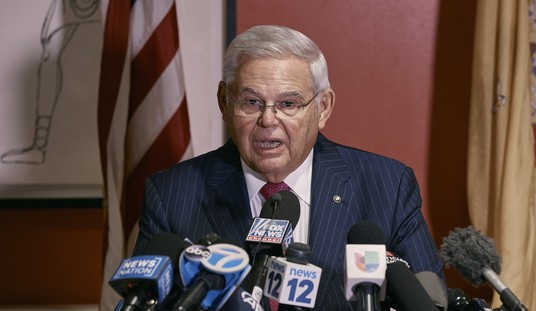One more layer of bureaucracy and 15 million more dollars: that’s what Gov. Mark Dayton (D) said is needed to solve the “terrible and persistent racial inequalities” in Minnesota. His fellow Democrats also want to spend time and money to study any legislation they suspect could have “disparate impact” on racial or income inequity.
Dayton had called for a one-day, high-intensity, government-on-steroids, special legislative session in February to address economic disparity and several other policy issues. But three months of negotiations went nowhere.
“To date, the governor still has not specified how he would spend $15 million to address racial disparities, which remains the sole holdup to an agreement on a special session,” MinnPost reported House Speaker Kurt Daudt said in early February.
During his State of the State address March 9, Dayton promised to put the GOP to the test. He plans to introduce legislation March 15 to address the dilemma of bringing the races closer to a Caucasian benchmark through his administration’s new Office of Economic Disparity.
Republicans admitted people of color do face discrimination and are the victims of income inequality and disparity.
The median income for African-American families born in the U.S. is 55 percent less than for white families in Minnesota, and their poverty rate is four-and-a-half times greater, Dayton said during his State of the State.
Dayton said the median income for Mexican-American families was 40 percent less than whites. Ojibwe family incomes were 56 percent lower, according to Dayton. He also said Somali family incomes were 71 percent lower than average white family incomes in Minnesota.
“That is unacceptable,” Dayton said.
He also criticized the legislature for exacerbating income inequality by holding $29 million in “desperately needed unemployment benefits hostage to $272 million in fund cuts.”
“It is unnecessary and it’s cruel,” Dayton said.
The problems faced by people of color in Minnesota are more than financial, according to Dayton. He said incidents of racial intolerance continue in Minnesota.
“In November, Asma Jama was attacked in a Coon Rapids Applebee’s because she was not speaking English, although she speaks three languages,” Dayton said. “Another woman smashed a glass beer mug across her face. Asma sustained cuts across her face that required 17 stitches.”
So how does a Republican argue with all of the above? They don’t. But it’s Dayton’s $15 million worth of solutions they don’t like.
Rep. Kurt Daudt told the Grand Forks Herald he couldn’t dispute Dayton’s description of racial discrimination and income inequity. The top House Republican called for more emphasis on bridging an education gap between white students and children of color.
“We can’t ignore what’s really causing the problem,” Daudt said. “You know, frankly, we’re failing these kids. They’re not failing in the school, we’re failing them.”
Sen. David Hann (R) said the state spending on education had increased 50 percent since 2003. Judging by Minnesota’s poverty rate, he said the state was not seeing a positive return on its investment.
“We have to look at making sure that the education opportunities exist for everybody,” the Senate minority leader said. “And they don’t.”
In his State of the State, Dayton agreed Minnesota had let its children down in the classroom. But he disputed the argument that Minnesota had been spending more than enough on education.
“We stopped making the investments of other states in early childhood care and education, providing all-day kindergarten over a decade behind other states, still debating voluntary pre-kindergarten, and then wondering why we haven’t eliminated the Achievement Gap,” Dayton said.
He said lawmakers should have learned their lesson when they cut spending on transportation programs only because Minnesota was faced with a budget deficit.
“It’s pretty straightforward. We succeed when we do what we have to do to be successful. We fail when we stop,” Dayton said. “When we slacken our efforts, pause, or take a break, we fall behind.”
Republicans might want to stop his efforts, but House and Senate Democrats are putting a legislative cart before Dayton’s $15 million horse.
Rep. Paul Thissen (D) and Sen. Jeff Hayden (D) have introduced proposals in their respective chambers meant to proactively address income disparity and racial inequality. They want the ability to stop legislation which, although it is well-intended, could have harmful consequences.
HF 2198 and SF 2054 would require a racial disparity analysis of legislation selected for examination by either a committee chair or a ranking minority member.
Sen. Hayden admitted to the Daily Planet that the disparity studies might not change the outcome of a final vote on controversial legislation. But he said, at least, the study would give the legislature an idea of what might go wrong.
Another Democrat, Sen. Bobby Joe Champion, said he liked the idea of sniffing out “unintended consequences” before they hurt anyone.
Well, the intention might be laudable, said Anthony Newby, the executive director of Neighborhoods Organizing for Change. But what consequence would one more study really have?
“We do not need data that confirms what we already know,“ Newby said.









Join the conversation as a VIP Member